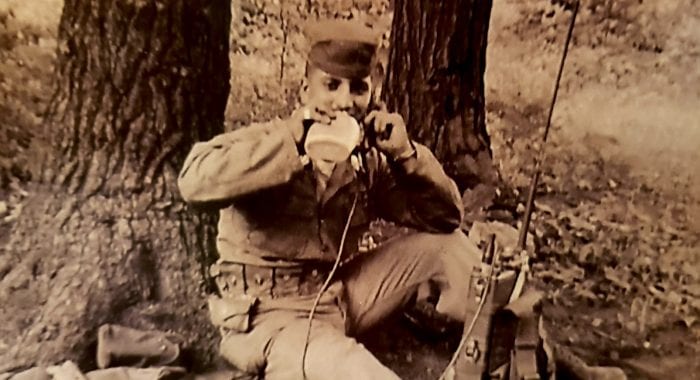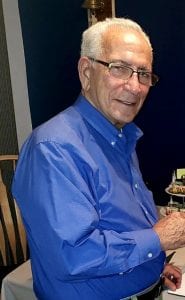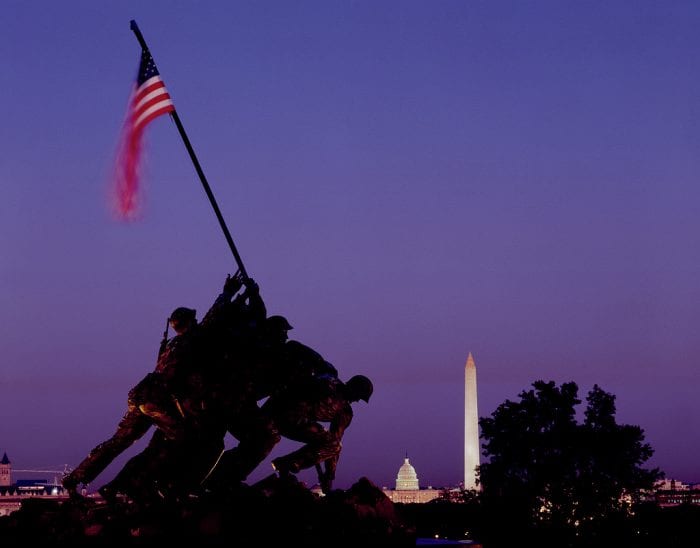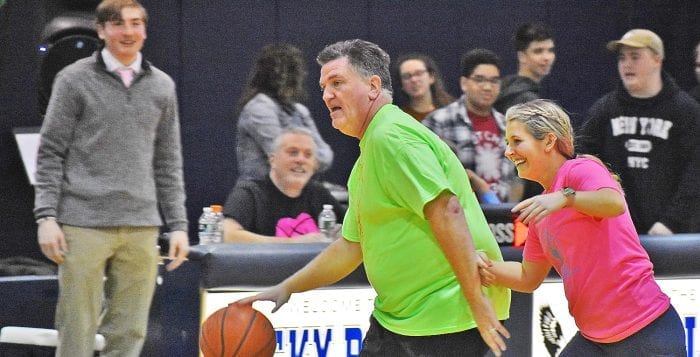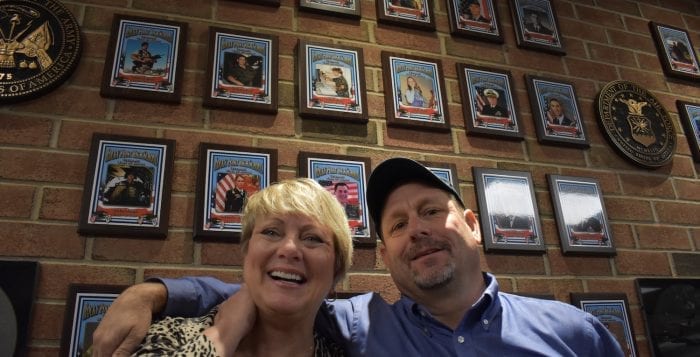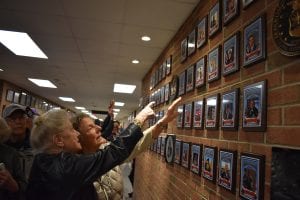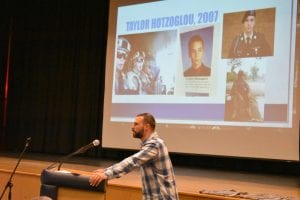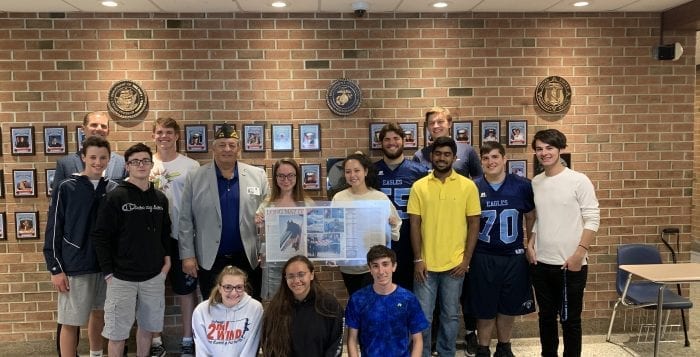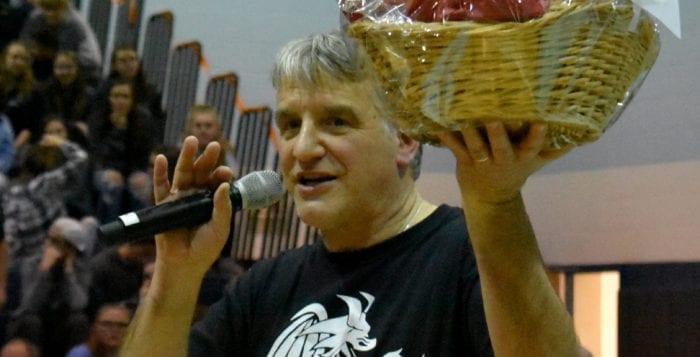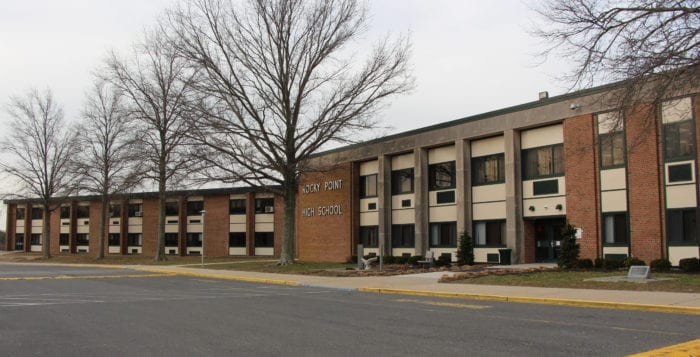“Circumstances the way they were, the ball just didn’t bounce our way today. I hate to say it but that is the way life is, it isn’t always fair. And it takes a good man to lose and then to come back from it. You guys have your whole lives ahead of you, you have nothing to be ashamed of and everything to be proud of — even though we didn’t win everything, in my book we did. Because guys are everything. Not the trophy, not the wins, it’s you guys.”
On Dec. 6, 2019, Michael Bowler eulogized the special memory of his father Michael P. Bowler who was a noted teacher, coach, club adviser, and administrator at Rocky Point High School since 1973.
This powerful speech was given at Infant Jesus R.C. Church in Port Jefferson, in front of a packed crowd of family members, neighbors, teachers, friends, former lacrosse players, coaches and parents.
For decades, he spent countless hours in his classroom, administrative office, and on the practice and game fields.
This week, Rocky Point High School honored Bowler with a large picture frame with his trademark coaching jacket, hat, whistle and pictures that showed his more-than forty 40 years of service to this North Shore community.
Always armed with a big smile and a can-do attitude, Bowler was the epitome of commitment toward every type of student and athlete who crossed his path during his life in education.
Even up to his death, as he fought cancer, Bowler expected to coach his players, where they were never far from his mind. His life focused on the love of his family, service to his church, , and the devotion to the students and residents of Rocky Point.
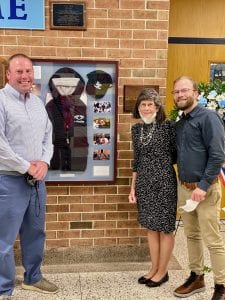
Helene Bowler rarely missed a lacrosse game at Rocky Point and was the anchor of support toward the entire Bowler family. Like her husband, she can quickly describe the players, teams, and games that her husband coached, since he established this program.
“Mike loved everything about the game of lacrosse — the skill, the speed, the plays and strategies, the physicality,” she said. “He loved the challenge and excitement of being a coach and considered it an honor and a privilege to mentor these young men at Rocky Point.”
All the Bowler kids played lacrosse on the college level, they all coached their own teams and children, and three of the boys are teachers and administrators. Bowler’s third oldest son, Kevan, connected lacrosse to the makeup of his parents and said, “I know many schools or programs like to think of themselves as a family, but I know that my dad, with the help and patience of my mom, looked after his team as if they were part of the family. Whether that meant trying to keep them on the right path academically, asking my mom to help wash the uniforms so the team looked sharp or trying to find the best possible college fit for them, lacrosse was not just a spring sport to him.”
Since their earliest days of growing up in Hicksville, Bowler was a beloved brother to his siblings. His younger sister Meg Malangone, of Lake Grove, described her brother as being, “protective, caring and gentle. I could always talk to him and he always had time for me, even if I was being an annoying younger sister. When my husband died suddenly, Mike was there to share the load — helping with my kids, whether talking sports, watching movies and just laughing with them.”
Stephanie Bowler described her brother as being “an unsung hero who was always in the background, waiting to be of assistance to anyone in need, great or small. No one was beyond his notice or care. Others always came first, be it a family member, student, athlete, community member or even a stranger.”
A lasting impression was made on his fellow teachers who have long retired from Rocky Point. Vincent Basileo was an American history teacher who vividly remembered Bowler speaking to the students on a class trip to Quebec.
“We were in a historic church and Mike had the students mesmerized through his description of the religious artifacts that these young men and women were learning about,” Basileo said.
For 25 years, Bruce Mirabito taught and coached next to Bowler. He saw his friend as being a “goal-orientated man who always led by example within all of his endeavors.”
High school guidance facilitator, Matthew Poole, was a young counselor who worked closely with Bowler handling the administrative tasks for the junior high students within the mid-1990s. Poole watched as “Bowler disciplined and advised students to help them find better decision-making.
He was also a man who understood the college recruiting process to help his players enroll into the best possible schools.”
Athletic director, Charles Delargy, often spoke with Bowler, where these two “Irishmen” enjoyed each other’s company.
Delargy believed that “Bowler was a true professional and gentlemen. I was very lucky to have him as a good friend.”
Longtime athletic secretary, Rose Monz, had the routine of seeing Bowler and said, “Never has there been a kinder gentleman. A man with old-fashioned values with a faith strong enough for everyone. I think of Mike every day for many different reasons — for the kids who seem lost, for his kindness and generosity to all the secretaries. And most of all, I miss Mike for just being Mike.”
It is impossible to put a number on the players who participated on the lacrosse teams since Bowler’s first competitive year in 1978.
“As a player of his and then watching as a fan as he coached two of my sons, he never lost the passion or dedication that he had for not only his teams, but all of the kids coming up,” said Peter LaSalla, a 1982 Rocky Point graduate. “He is missed greatly.”
John Fernandez praised Bowler, too.
“He treated his players with respect and wanted to get the best out of them,” Fernandez said. “He loved the game and studied it to be the best possible coach.”
Michael Muller, a 2010 graduate, was a pallbearer for his beloved coach who helped him get him accepted to Dartmouth College. According to Muller, “The world needs more people like Mike Bowler. He changed the course of my life and countless others for the better. His legacy will live on forever.”
For years, entire neighborhoods have been tied to the Rocky Point lacrosse program. Nicky and Vin Loscalzo graduated in 2011 and 2012 and they grew up with several boys living next to their home. Nicky always laughed when Bowler jokingly yelled at the six boys who made up the “Dana Court Crew.”
Kevin Fitzpatrick was a “crew” member who wanted to thank Bowler “for always teaching me to hold myself accountable for my mistakes and to have pride in the things I work hard at.”
Nicky LoManto, a 2005 graduate, said, “Bowler provided an outstanding environment for student athletes that emphasized teamwork, respect for opponents and personal life skills for life.”
During the unveiling, Chris Nentwich spoke about the difficulties of leaving Rocky Point to coach his own son and being away from the presence of Bowler.
Dave Murphy touched on the loyalty of Bowler and thanked his family for allowing all of us to have special moments with him.
James Jordan addressed the sincere messages that people wrote when they learned Bowler was named a lacrosse national coach of the year.
Family friend and a lacrosse coach Brian Buckley spoke of Bowler’s knowledge and how he always loved to talk about his sport. Rocky Point lacrosse coach Tom Walsh cherished his moments with Bowler and would like to carry on many of his traditions within this school.
And Rocky Point lacrosse senior captain, Reilly Orlando, mentioned he is one of three brothers who all played for Coach Bowler.
It is not easy to speak about a loved one who has passed away but, when it is about Michael P. Bowler, his legacy is easy to address and will be difficult to duplicate.
Rich Acritelli is a social studies teacher at Rocky Point High School and an adjunct professor of American history at Suffolk County Community College.

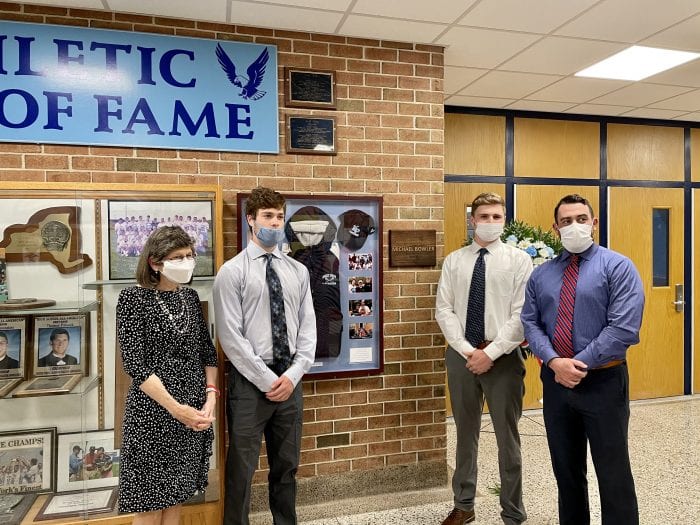
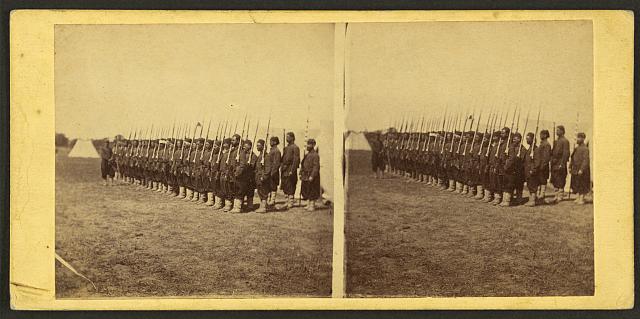
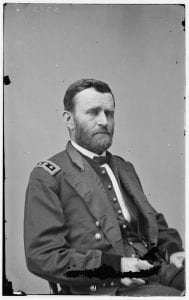 Grant promoted Gen. “Little Phil” Sheridan to run the Army of Shenandoah Valley. For too long, the massive resources of this part of Virginia were used to feed Lee’s forces. Through the tenacity of Sheridan and his men, he carried out the will of Grant who stated that he did not want a “Crow” to fly over these productive lands. Sheridan vehemently fought Confederate Gen. Jubal Early that wreaked havoc on the Union homes and resources that were near Washington, D.C. and Maryland.
Grant promoted Gen. “Little Phil” Sheridan to run the Army of Shenandoah Valley. For too long, the massive resources of this part of Virginia were used to feed Lee’s forces. Through the tenacity of Sheridan and his men, he carried out the will of Grant who stated that he did not want a “Crow” to fly over these productive lands. Sheridan vehemently fought Confederate Gen. Jubal Early that wreaked havoc on the Union homes and resources that were near Washington, D.C. and Maryland.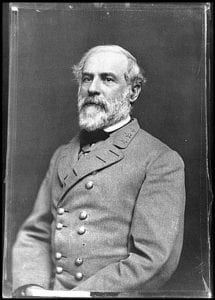 In a matter of days, Lee lost 10,000 soldiers that were killed, wounded and captured. As the union moved forward, the valuable railroads from Petersburg were cut off from Richmond. In a matter of moments, the trenches that were firmly held by the confederates, were empty, and in full retreat. As these two notable southern cities were about to be captured, Lee warned Confederate President Jefferson Davis that Richmond would only be held for a couple of hours and that the government had to flee, or it would be taken by Grant.
In a matter of days, Lee lost 10,000 soldiers that were killed, wounded and captured. As the union moved forward, the valuable railroads from Petersburg were cut off from Richmond. In a matter of moments, the trenches that were firmly held by the confederates, were empty, and in full retreat. As these two notable southern cities were about to be captured, Lee warned Confederate President Jefferson Davis that Richmond would only be held for a couple of hours and that the government had to flee, or it would be taken by Grant.